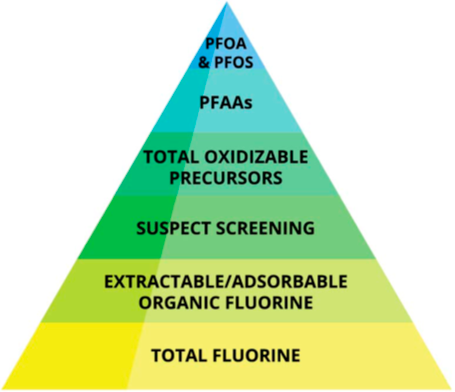
Following up their successful 2019 paper — The concept of essential use for determining when uses of PFAS can be phased out (Cousins et al., 2019) — the international team of coauthors, including STEEP Director Dr. Rainer Lohmann, have published their second paper in the series: Strategies for grouping per- and polyfluoroalkyl substances (PFAS) to protect human and environmental health. The paper recommends a ‘group’ chemical approach for regulation, rather than a chemical-by-chemical basis to more efficiently protect human and environmental health. The group approach has many regulatory advantages, including the avoidance of regrettable substitution chemicals and extensive animal testing, the ease of product labeling and consumer education, and to better manage remediation of environmental sites.
The paper divides the grouping methods into two approaches: (1) those based on the intrinsic properties of the PFAS compound and (2) those that inform risk assessment through estimation of cumulative exposure and/or effects. The intrinsic properties of a compound are largely based on its physical structure and behavior, such as its persistence (P), bioaccumulation (B) and toxicity (T) of the compound (or “PBT approach”). This approach is widely used and outlined by the European Union’s Registration, Evaluation, Authorization and Restriction of Chemicals. The risk assessment approach considers the anticipated exposure when determining whether or not an adverse effect to human health or the environment may occur.
However, there are still several challenges involved in this grouping approach, including the lack of information of the hazard and risk assessments, production volumes, properties and toxic effects of the majority of PFAS compounds. No single grouping strategy may be adequate for all regulatory purposes (e.g., determining use in products versus setting guideline levels for contaminated environments), instead a mix of strategies will likely need to be used. The authors conclude by recommending a precautionary grouping strategy, in order to prevent further exposure.

